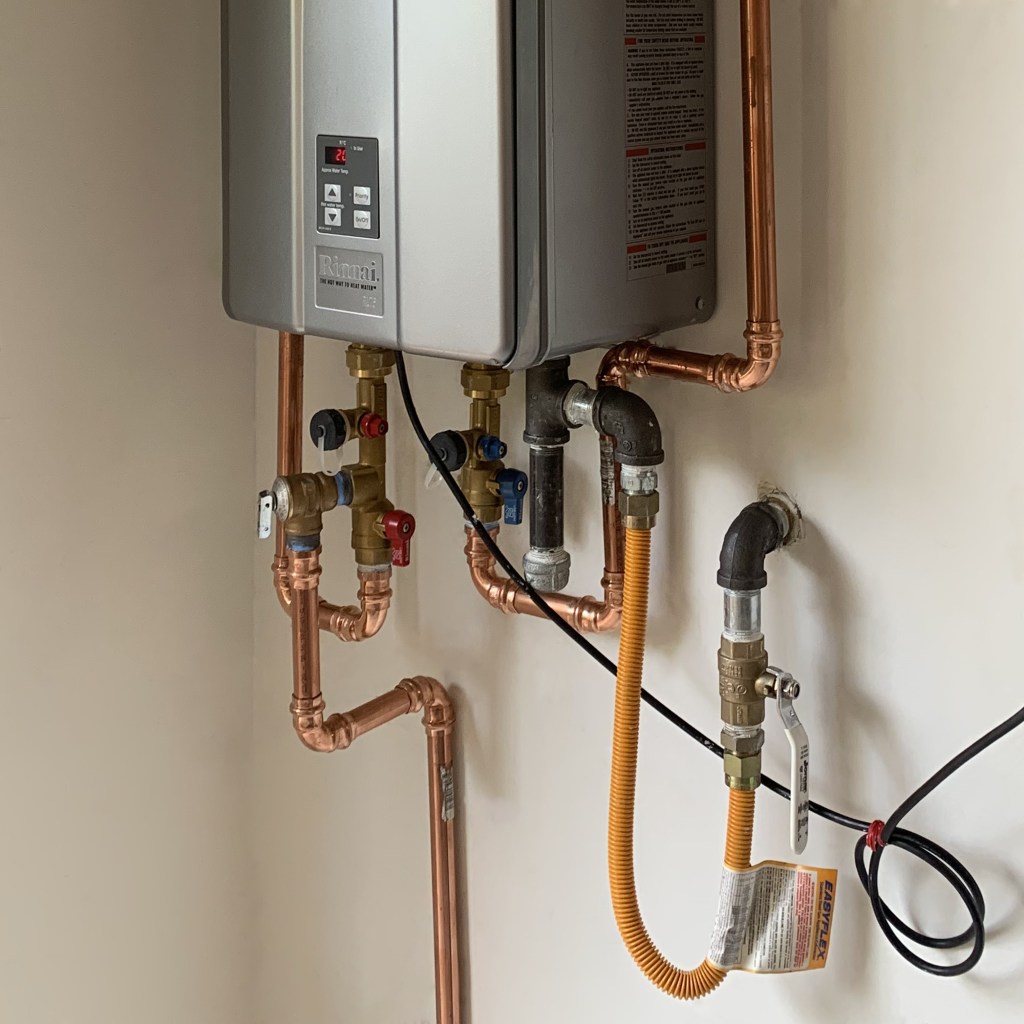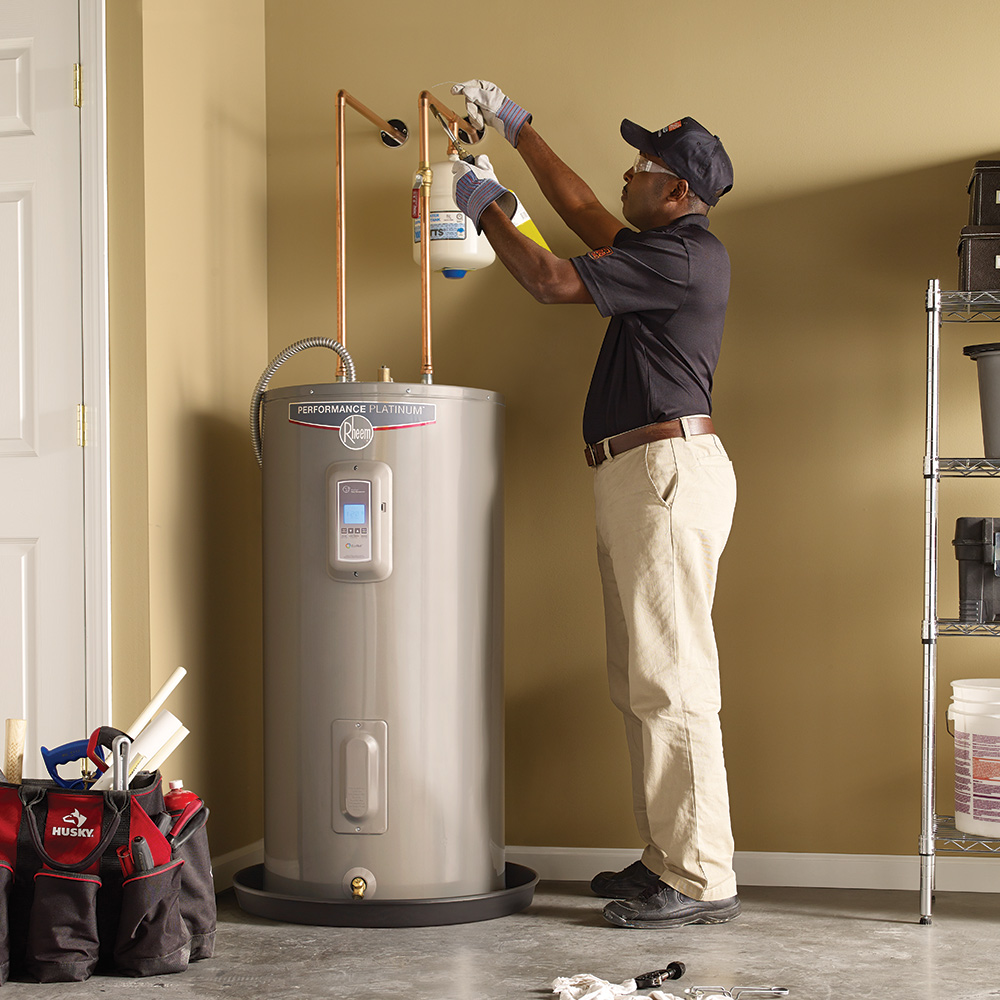Total Guide to Water Heating UnitSetup and Substitute
Understanding the details of water heating unit setup and substitute is vital for property owners seeking to guarantee effectiveness and reliability in their warm water supply. From choosing the proper type and size to executing a seamless setup process, several variables need to be thought about to avoid usual pitfalls.
Sorts Of Water Heating Systems
When taking into consideration water heating system installment and replacement, it is necessary to understand the numerous types of water heating units available out there. One of the most typical kinds include tank water heaters, tankless water heating units, heatpump hot water heater, and solar hot water heater.
Tank water heaters are typical systems that save a details quantity of hot water, making them conveniently available when needed. In contrast, tankless water heating units give hot water on need, removing the need for storage space.
Heatpump hot water heater utilize electrical power to transfer heat from the air or ground to warm water, supplying significant power cost savings yet requiring even more space and particular installation problems. Lastly, solar water heating systems harness solar energy to warm water, supplying an environmentally friendly alternative with possible long-term expense savings, although they commonly require a backup system for gloomy days.
Understanding these options guarantees educated decisions pertaining to installment and substitute, satisfying particular demands and choices.
Picking the Right Dimension
Selecting the proper dimension for a water heating unit is critical to make sure ideal performance and performance. A system that is also small will certainly battle to fulfill home needs, causing irregular warm water accessibility and increased energy intake. Conversely, an oversized water heating system can cause unneeded power waste and higher energy expenses.
To determine the ideal size, take into consideration the house's peak warm water usage. This can be calculated based on the variety of occupants and their common warm water demands. For instance, a family of four might need a water heating system with a capability of 50 to 80 gallons, depending on the use patterns, such as simultaneous showers and laundry.
Furthermore, analyze the recuperation rate, which measures how swiftly a heater can replenish hot water after it has been utilized. For tankless models, emphasis on the flow price, determined in gallons per minute (GPM), to ensure it meets the house's simultaneous need.

Setup Process Overview

Following, the old unit should be separated and gotten rid of, taking treatment to follow neighborhood codes and policies concerning disposal. Once the old system is out, the new hot water heater can be placed in place. This step involves attaching the water supply lines, guaranteeing that all installations are leak-free and safe.
After developing water connections, it's necessary to attach the power supply, whether electrical or gas, following the maker's directions thoroughly. Once all connections are made, the system needs to be full of water, and the power can be transformed back on. It's essential to inspect for leaks and guarantee the water heating unit is operating properly prior to completing the installment process.
Usual Installment Mistakes

One more constant error is overlooking to comply with regional you could try here codes and policies. Failing to comply with these criteria can not only result in safety hazards however may likewise result in expensive penalties or the requirement for pricey reinstallation. In addition, improper venting is a vital problem. Inadequate air flow can cause hazardous gas buildup, posing severe health and wellness risks.
Incorrect plumbing connections are additionally a prevalent error. Falling short to protect links or using the incorrect sort of fittings can lead to leakages and water damages. Overlooking the value of a proper drain pan can result in substantial water damages if leakages do happen. Last but not least, insufficient insulation of pipelines can bring about heat loss, reducing performance. By preventing these usual setup mistakes, house owners can guarantee their hot water heater operates securely and successfully, making best use of efficiency and long life.
Maintenance Tips for Durability
Proper upkeep of a hot water heater is important for its durability and optimum performance. Normal evaluations and servicing can prevent pricey fixings and extend the appliance's life-span. Begin by inspecting the temperature level setting; it needs to normally be established between 120 ° F and 140 ° F for ideal energy performance and security.
Every six months, flush the container to eliminate debris buildup, which can hinder home this hyperlink heating efficiency and create rust. To do this, turn off the heater, link a hose to the drain shutoff, and allow the water run till it is clear.
When they are worn away,Anode rods should be examined yearly and changed. These rods aid stop storage tank rust by drawing in harsh elements in the water.
In addition, inspect the stress alleviation shutoff frequently to guarantee it is functioning appropriately. This shutoff is crucial for stopping extreme pressure buildup within the container.
Lastly, take into consideration setting up an expert maintenance check every couple of years for thorough examinations and maintenance. By sticking to these maintenance ideas, house owners can dramatically boost the efficiency, safety, and lifespan of their water heating units, ensuring reliable warm water for years ahead.
Final Thought
To conclude, proper installation and maintenance of water heating units are critical for making sure efficiency and long life (plumber Denton). Picking the proper type and dimension, adhering to installation guidelines, and avoiding typical blunders dramatically contribute to optimum performance. Regular maintenance checks and expert maintenance aid suffer performance and stop pricey repair services. By recognizing these important aspects, home owners can accomplish a reliable hot water supply while minimizing potential concerns connected to hot water heater operation.
Recognizing the complexities of water heater installment and substitute is vital for home owners looking for to guarantee performance and integrity in their hot water supply.Container water heating units are standard systems that keep a specific volume of warm water, making them readily available when required. In comparison, tankless water heaters offer hot water on need, getting rid of the demand for storage space. Picking a water heating system that is either too small or also huge can lead to inadequacies, resulting in poor warm water supply or find out here now excessive power intake.
By comprehending these important facets, house owners can attain a trusted warm water supply while minimizing prospective concerns connected to water heater operation. drain cleaning.